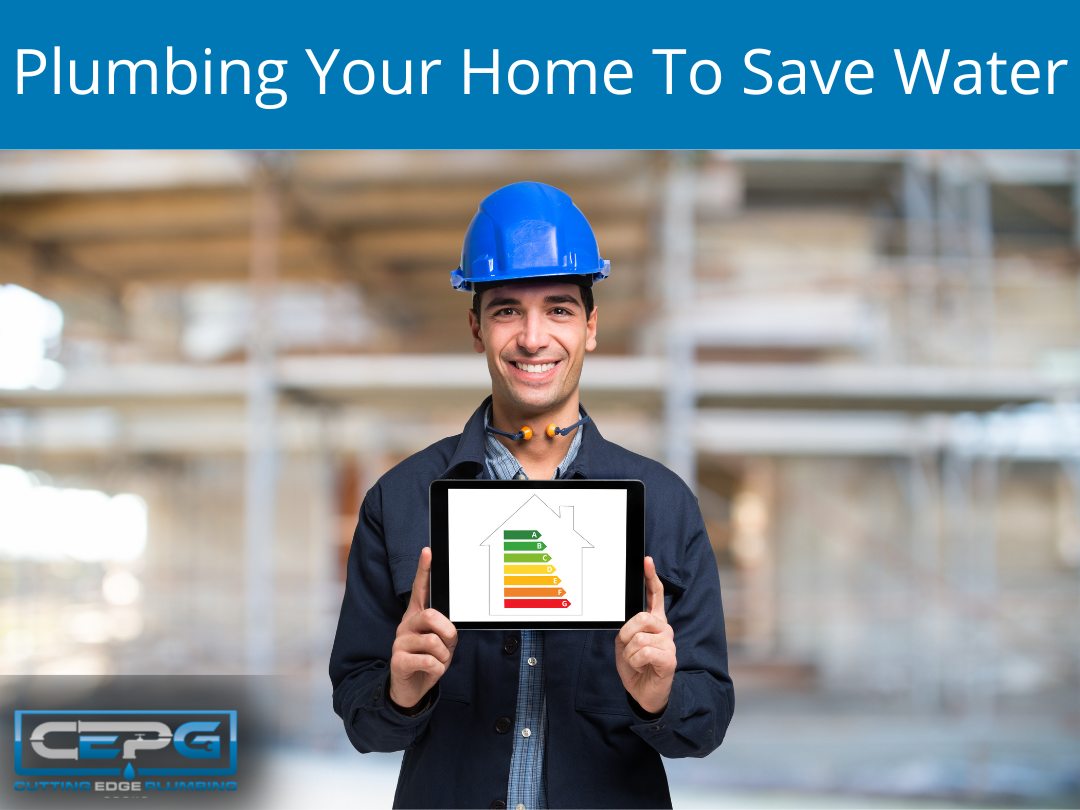
Have you thought about upgrading your plumbing fixtures if you want tips to save water and money? If so, read on.
Your environmental impact and water costs can be significantly decreased with a few straightforward improvements to your tapware and home appliances.
When used in conjunction with sensible water usage practises, contemporary fixtures also offer a wealth of long-term advantages, especially relevant for larger households with high water demands.
There’s never been a better time to make a change than now. You should install these water-saving plumbing fixtures in your house.
High Efficiency Shower Heads
Low flow shower heads are a simple and quick way to start using bathroom plumbing fixtures that conserve water.
The typical shower head has a Water Efficiency Labelling and Standards (WELS) of three stars and uses 9 litres of water per minute. That amount can be further decreased with 4 star options, which deliver 6 to 7.5 litres. For a quickfire 4 minute wash, there are savings of at least 10 litres per shower. For large households or busy families, water savings will only rise.
Neither is quality compromised. Modern low flow showerheads still produce powerful water jets. Since the flow rate is lower, there is no slow trickle. Handheld nozzles and other extras make showering even more convenient and enjoyable.
Toilets that save water
If you’ve recently purchased a new home, chances are you’ve already installed a high-efficiency toilet. Low flow toilets are a simple way to save water by flushing less frequently. However, if your home is a little older, installing new water-saving fixtures such as a WELS 4-star dual flush toilet suite will likely help.
A typical low flow toilet uses 4.5 litres of water for a full flush and 3 litres for a half flush. Water comes out at a higher pressure in modern toilets than in many traditional toilets.
Cleaning time can also be saved. You can upgrade to rimless back-to-wall toilet suites by installing low flow or ultra low flow toilets. They clean out those pesky nooks and crannies that collect dust and grime.
Water Efficient Taps
Low flow fixtures, such as mixer taps, are a simple switch for any wet room in the home. You can say goodbye to traditional fixtures that make water delivery feel a little chaotic.
Instead, you have controlled tapware that provides a strong flow of water at a consistent pressure. Aerated water from a mixer tap is ideal for handwashing.
WELS 4 or 5 star rated low flow mixer taps with 7.5 or 6 litres of water per minute are available. They also provide precise temperature control. There’s no switching between hot and cold taps with only one handle to contend with.
And if one style does not meet your requirements, there are dozens more on the market. There is a mixer for every application, whether gooseneck, pull down, coiled, curved, or angled.
Front Loader Washing Machines
It is not only a plumbing fixture such as a faucet that can help you save water. Water conservation can be greatly aided by the appliances you use. Front loaders, on average, are the most efficient washing machines due to their larger capacities and lower water consumption.
Those considerations, however, differ depending on the size of the washing machine you want. So, for balanced decision making, compare the relevant ratings and capacities.
Many ratings will also differ according to the cycle. The label information could be related to an eco wash, and thus differs from the longer cycles required for extra dirty sports uniforms.
Consider your washing habits, regardless of the washing machine you have. Wait until the load is completely full to ensure maximum water conservation. A full load is preferable to several half loads.
Dishwashers that Save Water
When it comes to efficiency, dishwashers are the most difficult of all appliances to master. The publicised ratings can be deceptive because they are based on eco washes, which are not always the default setting.
Nonetheless, a modern dishwasher uses approximately 15 litres of water per cycle. In comparison, hand washing uses an average of 10.5 litres. Despite the fact that this appears to favour hand washing on paper, consider how much is washed each time.
A full dishwasher load has far more dishes than a typical hand wash. It also heats water without relying on your hot water supply. So, if you do the dishes several times a day, the litres quickly add up.
Instead, use a dishwasher with full loads to save energy and water. The saved time and effort is offset by ongoing water conservation.
Pressure Control Valve
Water pressure is not always proportional to water consumption. However, a balanced water flow is required; otherwise, your plumbing may be damaged.
For homes with high water pressure, pressure limiting valves (PLV) are the ideal solution. Household water pressure in Australia should never exceed 500 kPa, with an average of 300-400 kPa.
Unfortunately, many older homes have unregulated water pressure, which causes problems such as water hammer, leaking or burst pipes, and accelerated fixture wear and tear.
PCV installation requires the services of a professional plumber who can perform all necessary water pressure tests.
Summary
Cutting Edge Plumbing Group can inspect and appraise your home to ensure that it is running as efficiently as possible. Whatever your needs are, whether you require an Emergency Plumber or just routine plumbing maintenance, it is always a good idea to have a phone number handy so you are not searching for a plumber near me at the very last minute.

